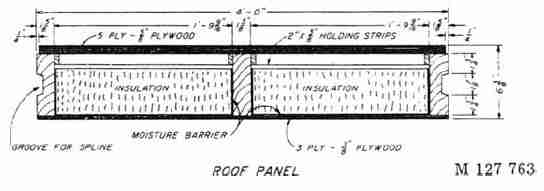Roof sheathing comes in grid marked 4 by 8 foot sheets and should be installed perpendicular to the frame.
Standard flat roof thickness.
Standard specification for ketone ethylene ester based sheet roofing.
Standard specification for thermoplastic polyolefin based sheet roofing.
Pvc membranes are easy to maintain and repair.
An exception to this standard however may occur if you intend to install slate concrete or tile shingles on your roof.
The typical thickness range for sheathing is 3 8 to 3 4 inch.
The thicknesses are listed below.
It will support roof.
Each gauge represents a nominal decimal range.
A typical flat roof repair costs at least 350 400 and involves locating sources of leaks and patching the seams or holes.
There are two types of flat roof.
We sell a total of five roofings systems.
D6878 d6878m 19.
For rafters spaced 20 or more inches apart 1 2 or 5 8 inch plywood is recommended.
The most common rafter spacing is 24 inches and 5 8 inch plywood is recommended for that.
Cold roofs and warm roofs.
Standard test method for measurement of thickness of coatings over fabric reinforcement.
Sheathing should be a minimum of 19 32 inch thick.
To support the added weight the architect or engineer may require the roofing contractor to install 5 8 inch roof sheathing.
Ultimately a flat roof should play a part in a total architectural composition and has the ability to enhance the aesthetic and practical outcomes of a home.
As opposed to old built up felt roofing with joins new single ply waterproof membranes are now most commonly used.
However depending on the severity of the damage and the type of material installed repairing a flat roof can cost as much as 600 800.
Standard roof sheathing which consists of 4 by 8 sheets of plywood or oriented strand board or osb is 1 2 inch thick and attaches directly to the roof rafters or the roof trusses.
As the single ply roofing association spra points out this type of flat roofing is strong durable completely sealed and usually lasts at least 25 30 years.
Four are epdm membranes and the fifth is a polyurathane liquid.
Manufacturers express the thickness of metal panels as their gauge with 22 gauge being the thickest and 29 gauge the thinnest of traditionally sold metal roof and wall panels.

